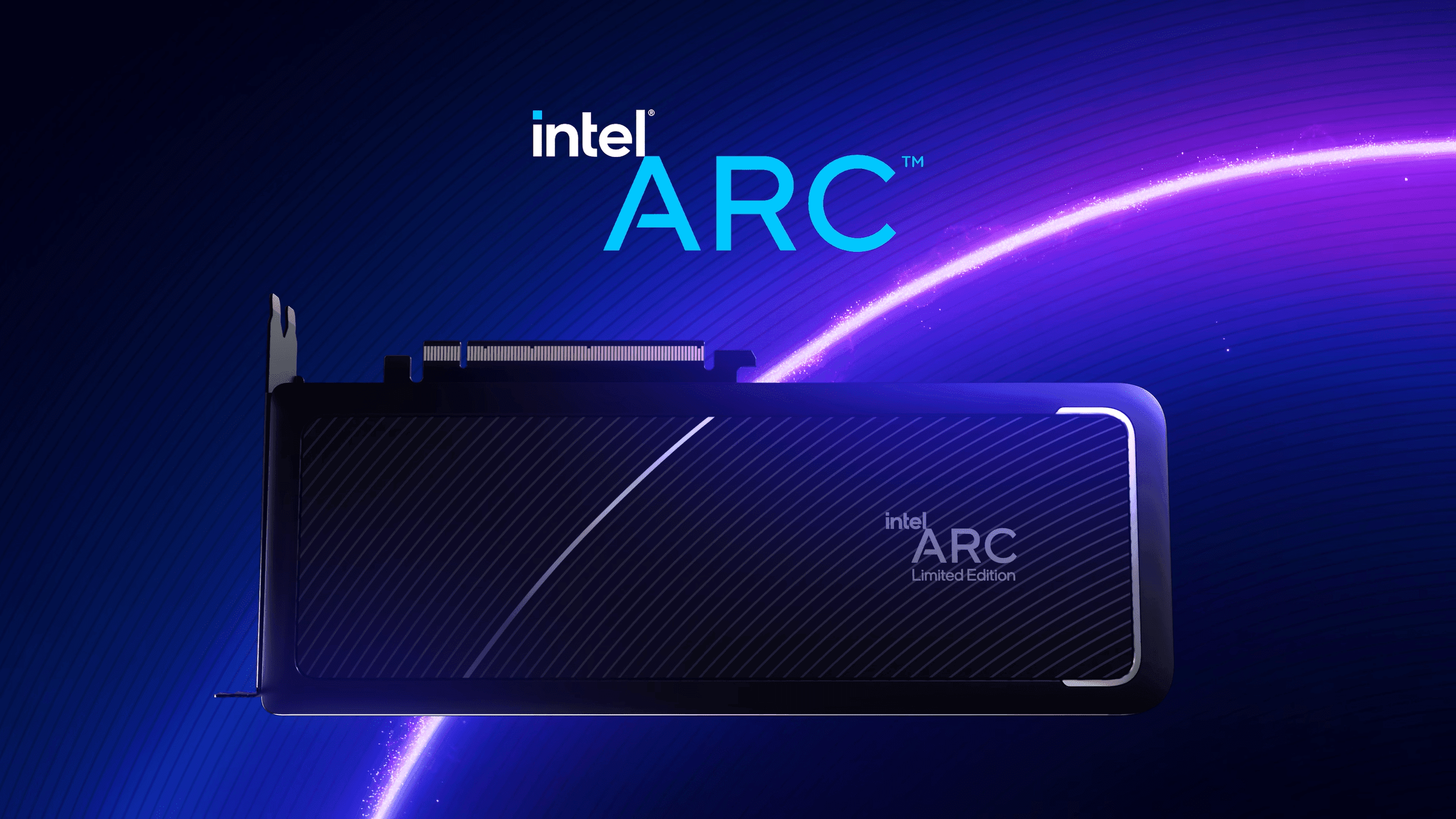Intel is walking a tightrope. Hours after Nvidia CEO Jensen Huang revealed Intel will integrate Nvidia "GPU chiplets" directly into future x86 processors, Intel scrambled to assure the industry that its struggling Arc graphics division isn't going anywhere. But with Nvidia no longer a competitor and Intel bleeding cash, the commitment feels more like damage control than strategic conviction.
Intel just got handed the ultimate test of corporate doublespeak. After Nvidia CEO Jensen Huang confirmed today that his company will supply "GPU chiplets" for integration into Intel's x86 processors, Intel found itself in the awkward position of explaining why it still needs its own graphics business.
"We're not discussing specific roadmaps at this time, but the collaboration is complementary to Intel's roadmap and Intel will continue to have GPU product offerings," an Intel spokesperson told PCWorld. The carefully worded statement echoes commitments made by former Intel executive Michelle Johnston Holthaus, who abruptly left the company after serving as interim co-CEO.
But the optics are brutal. Intel has spent years trying to crack the discrete GPU market dominated by Nvidia and AMD, burning through billions in R&D while its Arc cards struggled to gain meaningful market share. Now Intel's biggest competitor in graphics is becoming its supplier - a partnership that fundamentally changes the competitive landscape.
The timing couldn't be worse for Intel's graphics ambitions. The company has been systematically carving off pieces of itself to preserve cash, recently spinning off its networking division and exploring other asset sales. With Intel's foundry business hemorrhaging money and CPU market share eroding to AMD, every dollar spent on Arc development represents opportunity cost.
Industry analysts are already asking the obvious question: why would Intel continue investing heavily in graphics when Nvidia can simply provide superior silicon? The partnership eliminates Intel's need to compete directly with Nvidia in the integrated graphics space, potentially freeing up engineering resources for other priorities.
Yet Intel's recent Arc efforts have shown surprising signs of life. The B580 graphics card sold out quickly at its $249 price point, proving demand exists for affordable alternatives to Nvidia's premium offerings. Intel's graphics technology also powers handheld gaming devices like , where integrated solutions make more sense than discrete cards.





